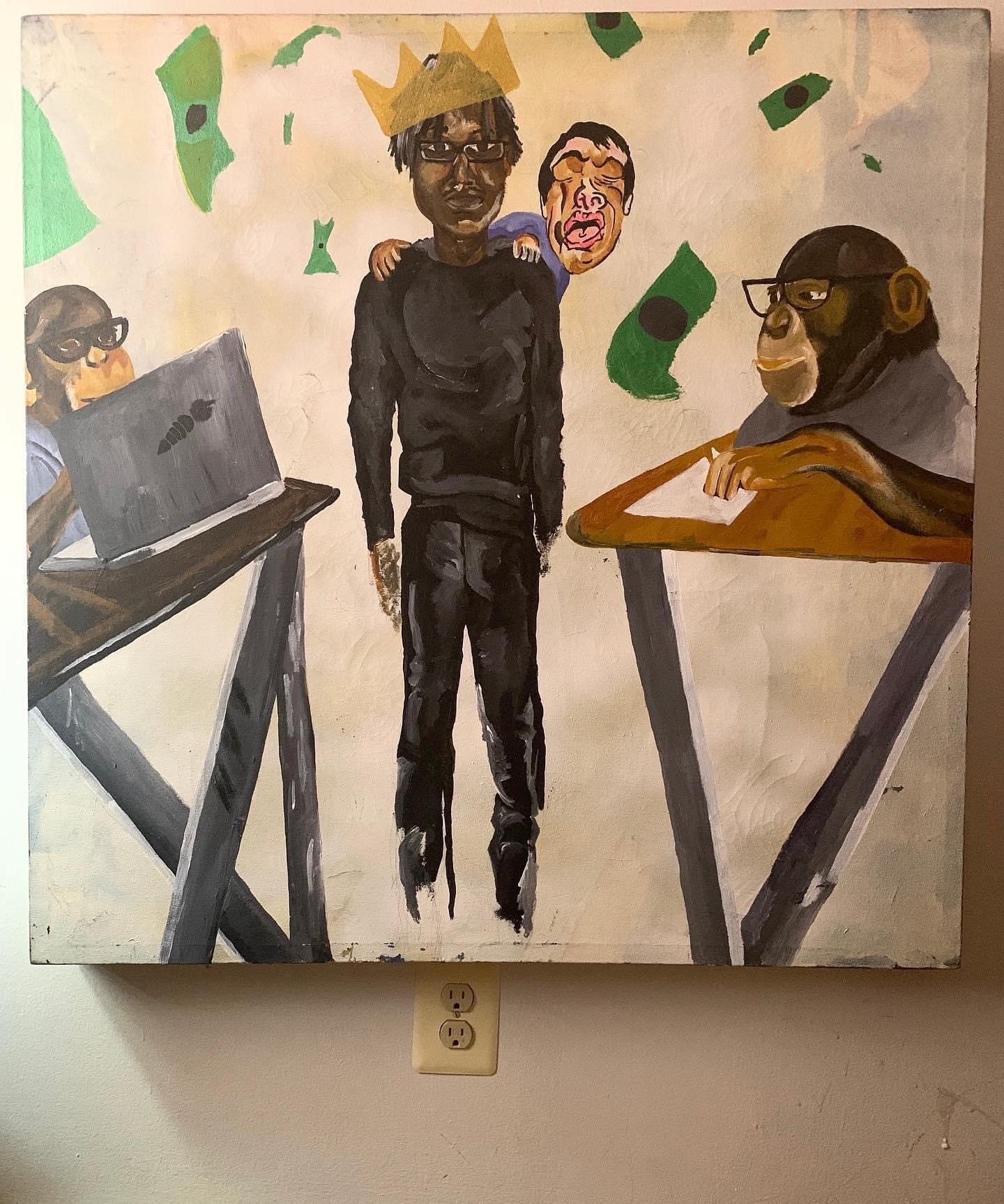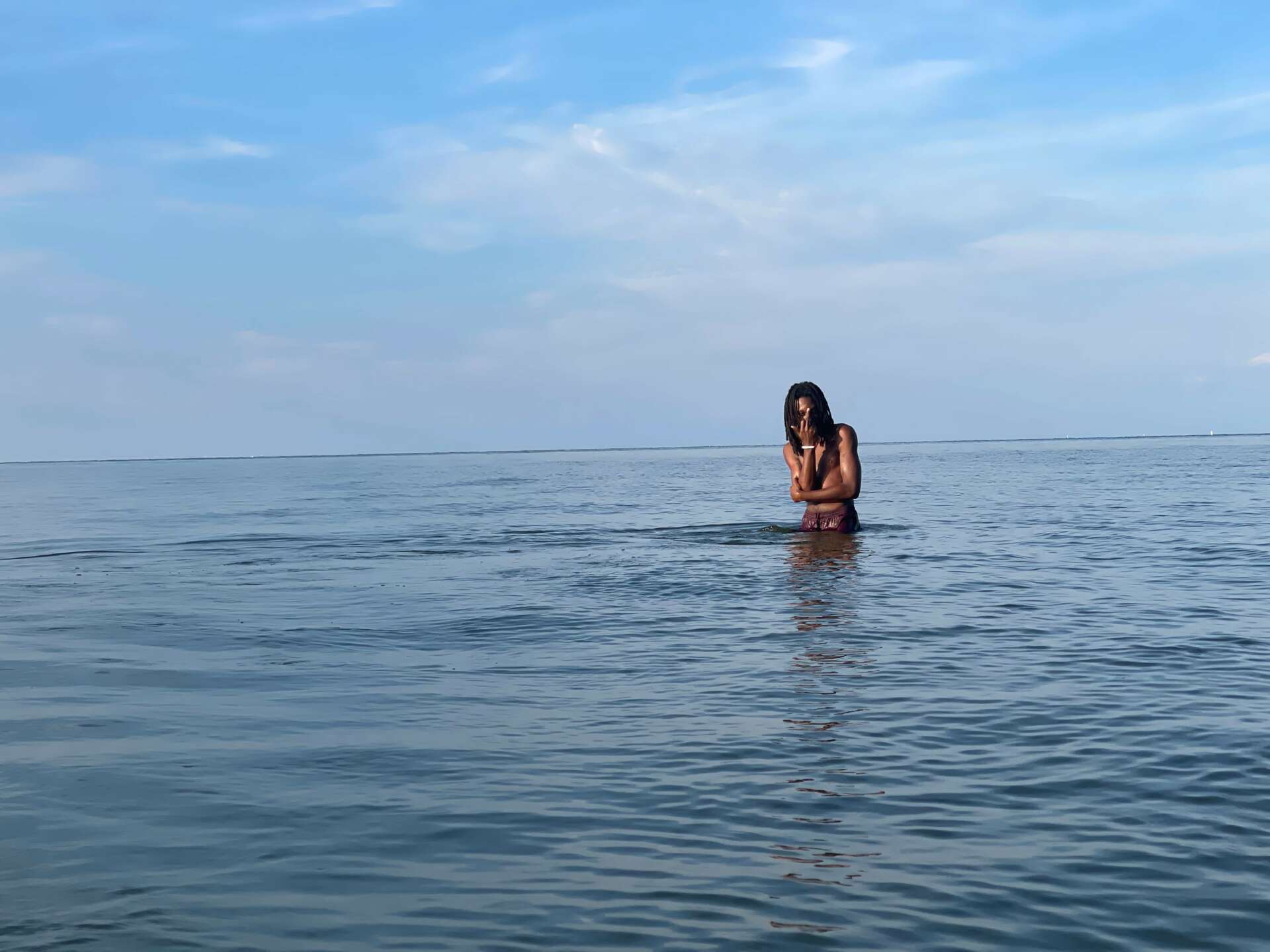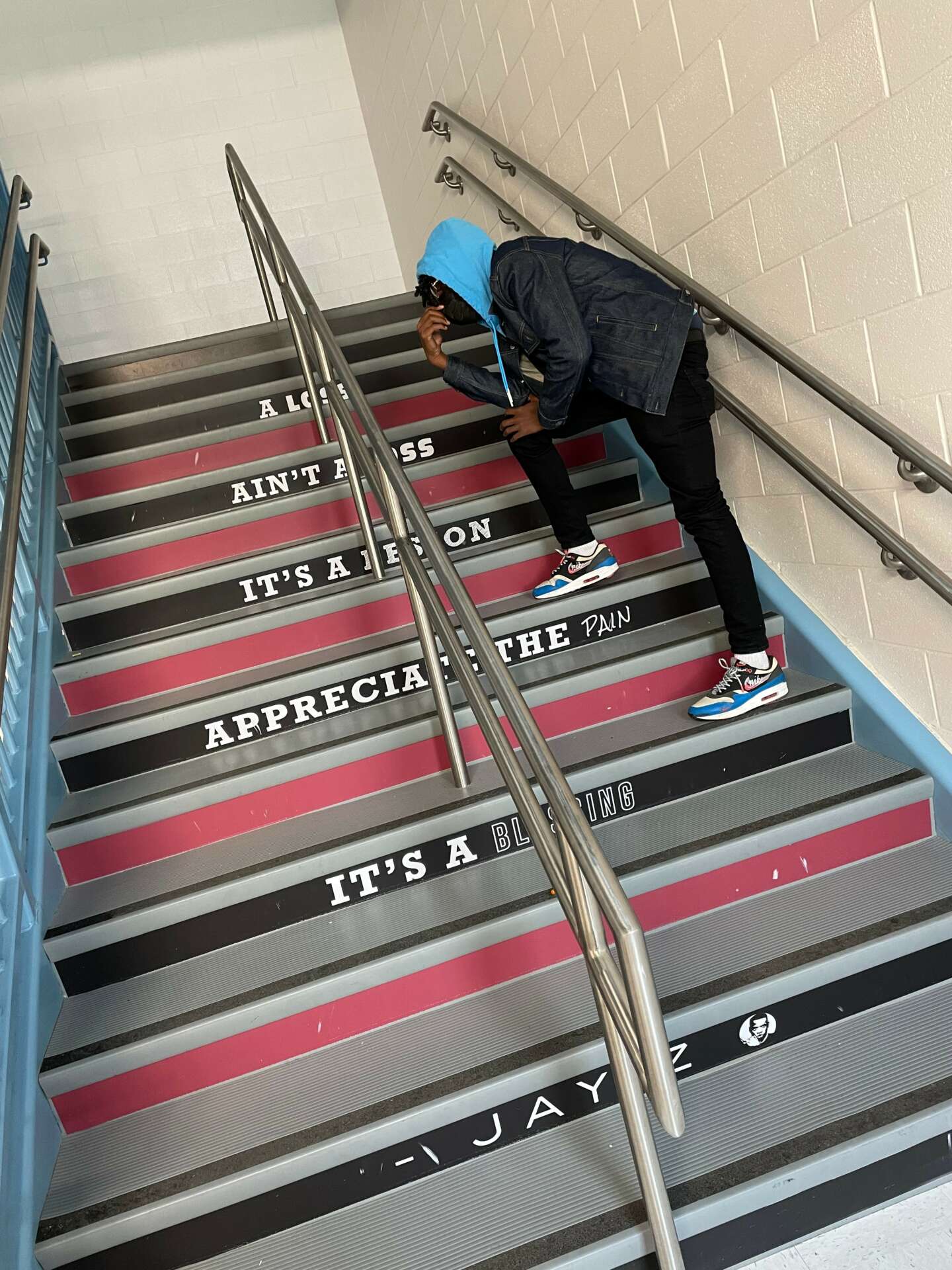We caught up with the brilliant and insightful Brandon Buckson a few weeks ago and have shared our conversation below.
Alright, Brandon thanks for taking the time to share your stories and insights with us today. Can you talk to us about how you learned to do what you do?
As a young person, I was very into cartoons and anime. I decided that I would develop the skill of drawing by learning to trace lines from the artworks I loved. I would attempt to pass off the drawings of these characters as my original artwork, but my loved ones would be quick to reference the original. The desire to be able to claim the credit for making these drawings led me to work harder on my original designs and drawings. About halfway through my fifth-grade year, I transferred to a school in Baltimore County 20 minutes outside of Baltimore. This school was a drastic change from the 85% African American student population, to a now predominantly white student population with an administrative staff mirroring it. For the first time in my life, I was faced with being labeled the problem student and feeling ignored and suppressed by my teachers. One particular day the science teacher accused me of calling her a “Racist Crackhead”. The teacher who was a young white woman pulled me into the hallway and explained that another student had come to inform her that I had made the remake. I adamantly denied saying that since at the time in the fifth grade, I had no idea what crack was. After being confronted by the teacher I was sent to the principal’s office where my mother was asked to come up to the school. I waited for the remainder of the school day in the front office. When my mother arrived, she asked me to explain what happened. I explained that after raising my hand to participate in class several times I became frustrated after feeling passed over and disrespected; I mumbled under my breath “racist craphead”. At the time, I was slightly familiar with the concept of racism and felt I was subjected to it. The Craphead comment came from wanting to call her a shithead, but still associating myself as a good kid I didn’t want to curse her. After explaining that to my mother she was very upset. That unfortunate experience resulted in the school giving me a stipend to attend my first summer camp devoted to art and artistic development. This opportunity was my first introduction to the concept of being an artist.


As always, we appreciate you sharing your insights and we’ve got a few more questions for you, but before we get to all of that can you take a minute to introduce yourself and give our readers some of your back background and context?
I was born in Baltimore City and raised on the East Side until I moved to Essex in Baltimore County. I started making art around the age of eight when I noticed a friend of mine was really interested in drawing cartoon characters. At the time the concept of art hadn’t crossed my mind but what I understood was that if he was good at drawing and, if I practiced, could be better than him and actually be good at something. From that point, I went to work developing my own fundamental art practice that would eventually save my life. I went through my share of turmoil at home and at school but was fortunate enough to win “Most Artistic” prior to enrolling at Patapsco High School and Center for the Arts, where I attended high school. Most of my early work focused on the concept of identity. Growing up between the inner city and the surrounding county I often felt isolated when it came to my peer groups. I turned inward towards my artwork to try to find truths about myself. I dealt with topics of identity, love, ambition, and other elements that were crucial to my development as a person and as an artist. More recently, my work has been focused around having a quality artistic practice. I observe my practice of creating art and manipulate that process in order to reveal my own psyche to the audience. I do this by creating a visual dictionary that can be used by the audience to interpret messages throughout different series of my work
I’m grateful to have been embraced by the artistic community in Baltimore from a young age. After high school, I participated in the Black Male Identity Project and began teaching art to youth and adults. While teaching at Access Art in South Baltimore I was offered an internship to work during the construction of the Ynot Lot and the Open Walls 2. Both projects were crucial in my relaunching and managing the Mirkwood Mural Project.


What can society do to ensure an environment that’s helpful to artists and creatives?
I believe the children are our future. Teach them well and let them lead the way.
Show them all the beauty they possess inside.
Give them a sense of pride to make it easier.
Let the children’s laughter remind us how we used to be.
– Whitney Houston
Do you think there is something that non-creatives might struggle to understand about your journey as a creative? Maybe you can shed some light?
It’s not about the money. If it makes you feel something, if it opens your eyes to a new perspective or recenters your own; the artist is extremely successful in what they have set out to do. That’s it. That’s all.
Contact Info:
- Instagram: @Bucksonbrandon
- Facebook: @brandon.buckson


